Hi and welcome to SF :) .
All three bugchecks are the the exact same consistant error:
Code:
WHEA_UNCORRECTABLE_ERROR (124)
A fatal hardware error has occurred. Parameter 1 identifies the type of error
source that reported the error. Parameter 2 holds the address of the
WHEA_ERROR_RECORD structure that describes the error conditon.
Arguments:
Arg1: 0000000000000000, Machine Check Exception
Arg2: fffffa8008757028, Address of the WHEA_ERROR_RECORD structure.
Arg3: 00000000fe800000, High order 32-bits of the MCi_STATUS value.
Arg4: 0000000000020015, Low order 32-bits of the MCi_STATUS value.
Code:
!errrec fffffa8008757028
===============================================================================
Section 2 : x86/x64 MCA
-------------------------------------------------------------------------------
Descriptor @ fffffa8008757138
Section @ fffffa80087572c0
Offset : 664
Length : 264
Flags : 0x00000000
Severity : Fatal
Error : DTLBL1_ERR (Proc 1 Bank 0)
Status : 0xfe80000000020015
Address : 0x0000f880043f1000
Misc. : 0x0000000000000000
We can see an error in the TLB cache, which is consistent though out the rest of the dumps.
It appears that your CPU is overclocked:
Code:
[CPU Information]
~MHz = REG_DWORD 3616
Component Information = REG_BINARY 0,0,0,0,0,0,0,0,0,0,0,0,0,0,0,0
Configuration Data = REG_FULL_RESOURCE_DESCRIPTOR ff,ff,ff,ff,ff,ff,ff,ff,0,0,0,0,0,0,0,0
Identifier = REG_SZ AMD64 Family 21 Model 1 Stepping 2
ProcessorNameString = REG_SZ AMD FX(tm)-4100 Quad-Core Processor
VendorIdentifier = REG_SZ AuthenticAMD
Reset the BIOS back to default in case you're unaware that your CPU is overclocked:
Note
Write down the current value of the SATA Mode!
Its either AHCI or IDE.
After resetting the CMOS go back and verify the value for SATA Mode is what it was
when the OS was installed.
A newer BIOS version has been released:
Code:
BiosVersion = 1003
BiosReleaseDate = 03/26/2012
AMD CPU's are know to be sensitive to BIOS updates and benefit from such.
Please update your BIOS.
Warning
Flashing the BIOS is a risky procedure. If you are uncomfortable
performing it yourself have a technician perform it.
Regardless, flashingis at your own risk.
Attachment 286678
A "stop 0x124" is fundamentally different to many other types of bluescreens because it stems from a hardware complaint. Stop 0x124 minidumps contain very little practical information, and it is therefore necessary to approach the problem as a case of hardware in an unknown state of distress. -
H2SO4
The generic nature of the 0x124 (Arg1=0) stop code means we would have to take
the trail & error approach.
Do you have any spear parts (or another PC) to test with, mainly a PSU?
The usual suspect of this kind of BCCode is the CPU but it's often not the the case which is why we need
to test other components to rule them out as the cause.
How old are your components?
What is the make an model of you PSU?
Fill out this form and post back the result:
Good practice, open up the case and re-seat all types of connection.
- SATA Cables (HDD/SSD/ODD).
- SATA-Power.
- Motherboard 24-pin.
- Motherboard 4/8-pin (CPU).
- Re-seat the RAM.
- Re-seat the GPU.
Make sure that every slot / cable head is free of dust or other obstruction.
Make sure that every connection is seating properly and firmly in-place.
Also have a look at the motherboard and the GPU, search for any "bad caps", bulky, leaking bloated capacitors.
i.e
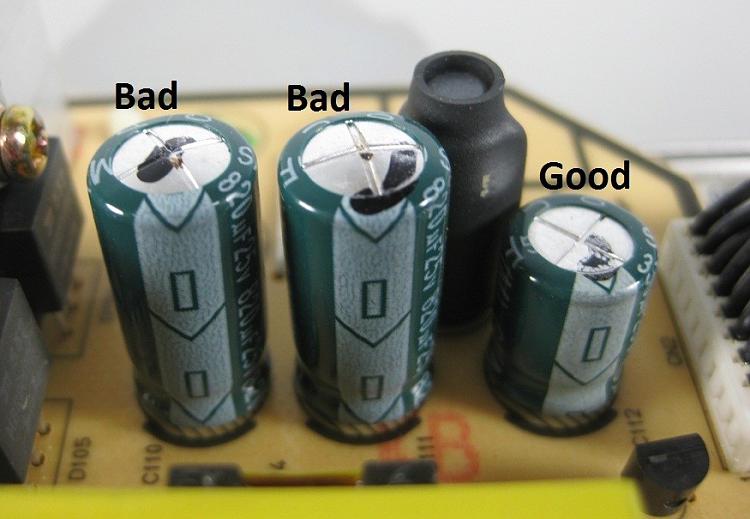
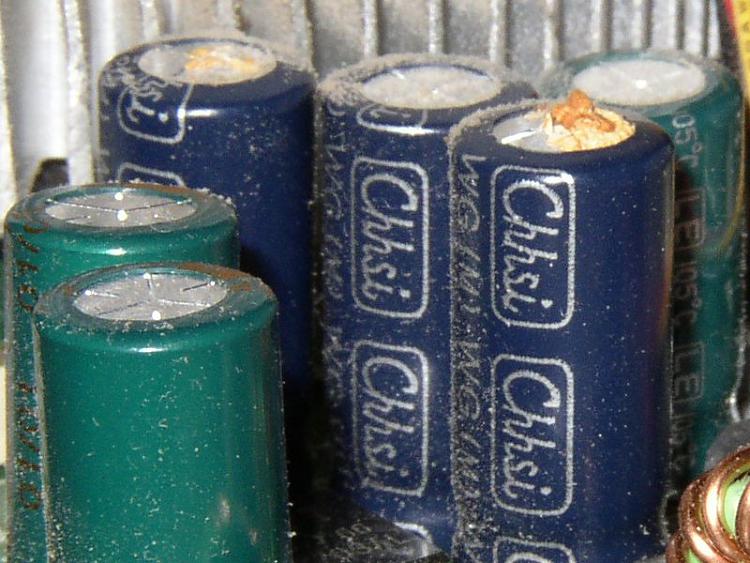
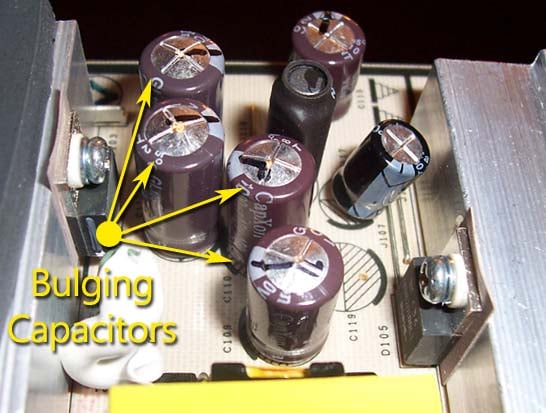
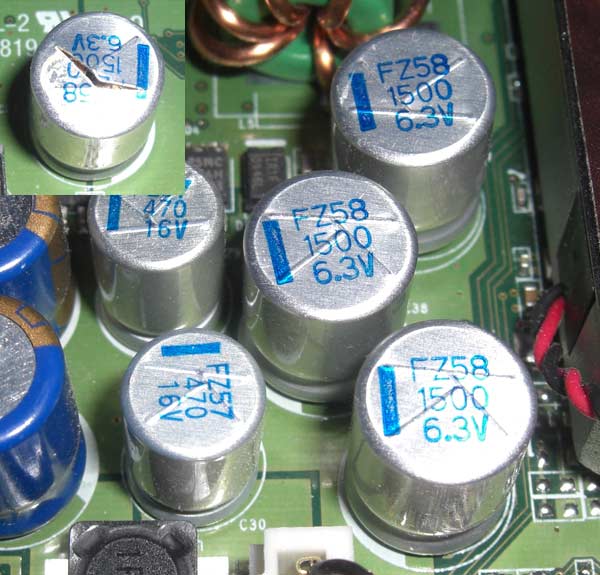
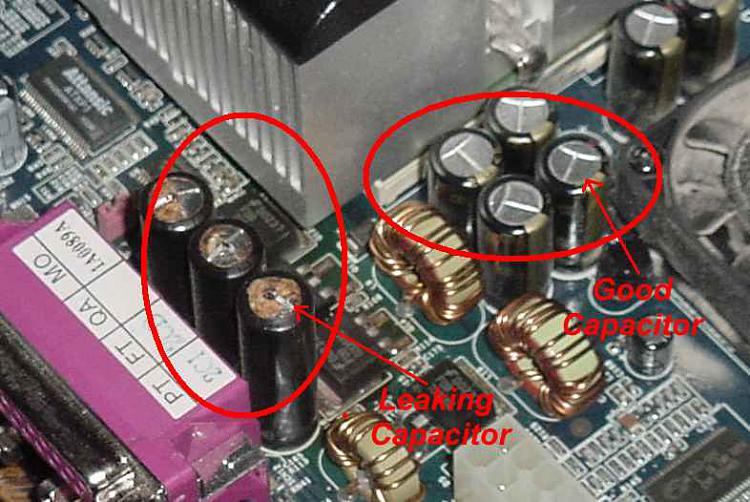
- Download Speccy and post a Screenshot of the summary window, one at idle and another while putting load on the PC using Prime95 for the CPU side and Furmark for the GPU.
Note
If any other component is overclocked reset it back to stock speeds!
Good places to read more:


 Quote
Quote



